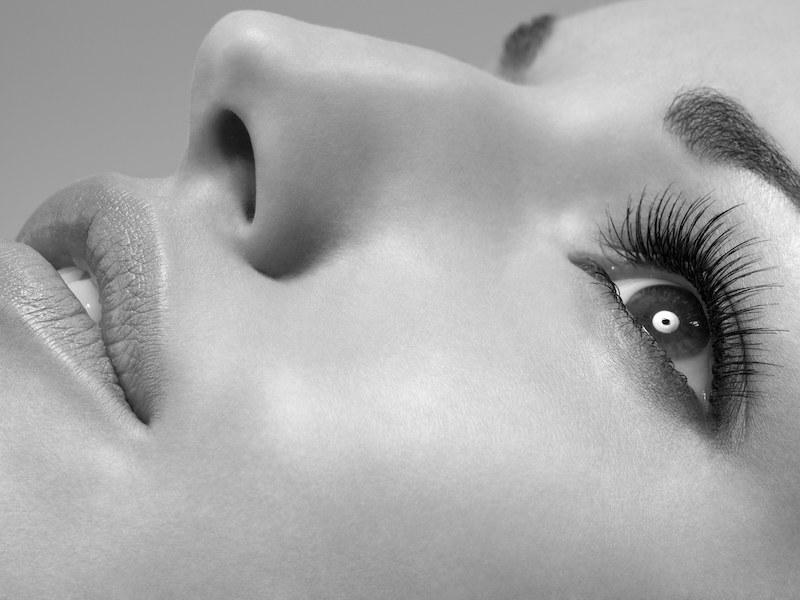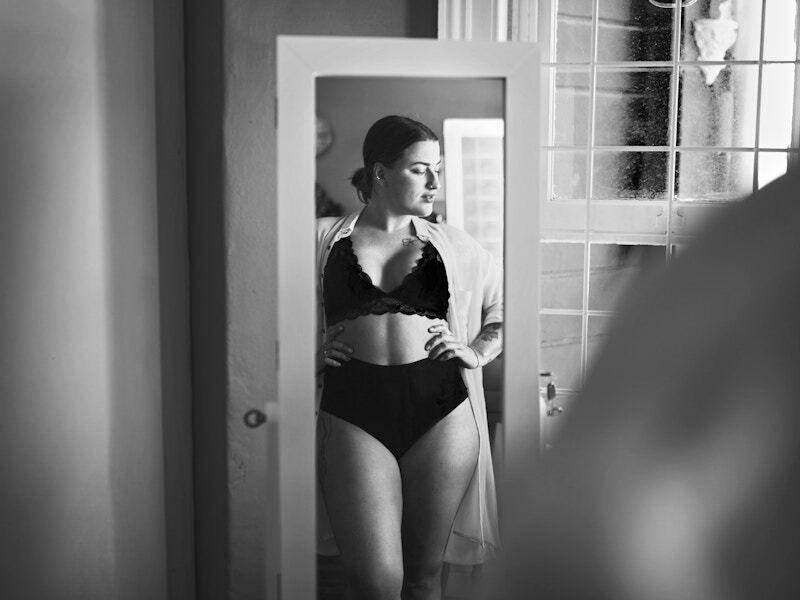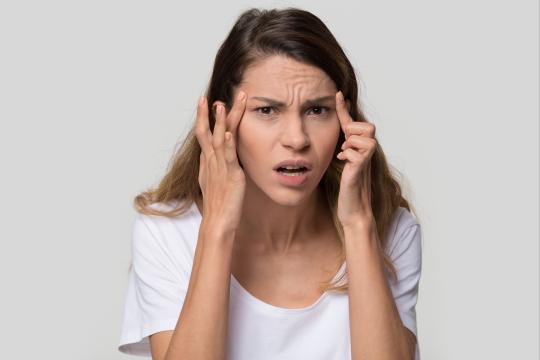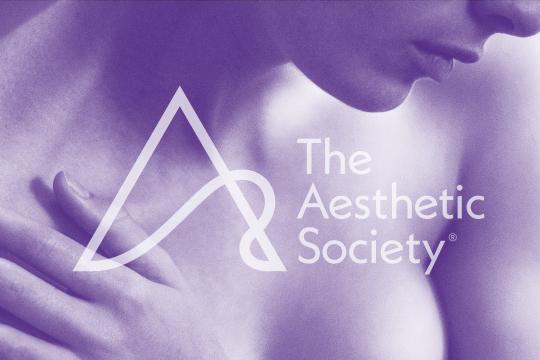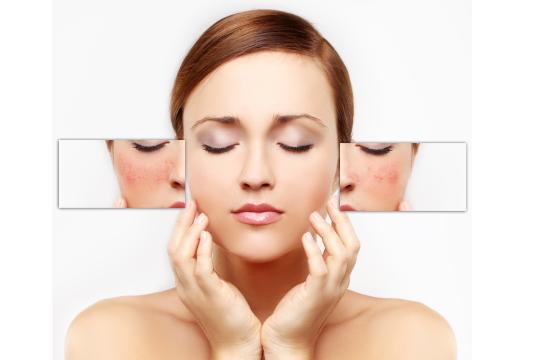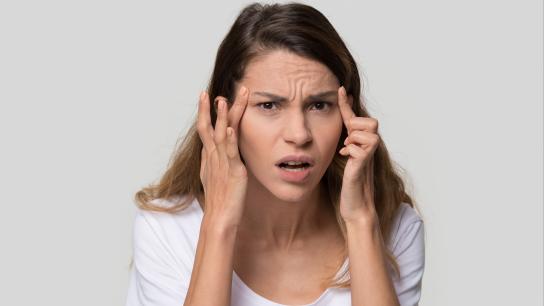
In the immortal words of Billy Shakes —"A rose by any other name would smell as sweet.” Except today we’re not talkin’ about roses. We’re talkin’ about age spots. And there’s nothing sweet about ‘em.
Call them what you will: liver spots, solar lentigo, senile freckles (I beg your pardon?!)—age spots happen, and while they’re harmless and generally don’t necessarily need treatment, I didn’t necessarily need to eat that entire cheeseboard by myself last night either. Yet, here we are.
Age spots are a naturally occurring phenomena where overactive pigment cells are triggered into producing high concentrations (or clumps) of melanin by prolonged exposure to ultraviolet (UV) light. Think flat, oval areas of tan, brown or even black pigmentation on the face, shoulders, backs of hands, feet—any place that sees more unprotected sun exposure than it necessarily needs to—and sometimes seemingly overnight. And don’t let the moniker fool you, age spots aren’t strictly a skin woe of the over 40 set. They can happen to younger skin too, particularly if you’ve spent a lot of time in the sun, or in a tanning bed (yeah, don’t do that), or if you have particularly fair skin.
Before you spiral down a sun exposure shame hole, let’s talk about prevention and treatment. We don’t need to harp on the importance of protecting yourself from the sun’s harmful rays, do we? No, we don’t. You already know that protecting your skin from the environment is important. And you already know that you must apply sunscreen every day, reapply sunscreen every day, toss on a hat, sunglasses, etc… every day. Right? Right. Prevention covered. And for those of you already witnessing the dark, patchy effects of excessive sun exposure, let’s move on to treatments.
DIY?
The big question here is, “Can I DIY my own sunspot treatments?” The answer: Um… maybe?
There are plenty of wives tales about age-spot home-remedies like lemon juice. But in most cases, just don’t. Lemon juice is acidic and can cause dryness and irritation. It doesn’t work and it upsets the lemons. And what about other topical creams, lotions and potions? If you’re willing to commit to an elevated price tag, goopy textures, and disciplined application with the limited possibility of some result, then by all means… proceed. Just don’t expect miracles.
The truth is that the damage that causes age spots happens under the skin. So, the idea that topical treatments might banish said spots, isn’t entirely logical. That being said, there are prescription-strength spot-busting balms that doctors can recommend, and they might help by lightening the skin. They will not, however, remove the offending spot. (Insert Lady MacBeth reference here.)
To freeze, to burn, to scrape? That is the question.
Perhaps unbeknownst to you, your plastic surgeon is squirreling away some very effective sunspot treatments in their in-office arsenals. Things like chemical peels, photo rejuvenation (IPL) treatments, and dermabrasion/dermaplaning are all quite effective in treating age-spots.
- Chemical Peels: Chemical peels using alpha-hydroxy acid (AHA), beta-hydroxy acid (BHA), trichloroacetic acid (TCA) and/or even stronger solutions are all ways in which your doctor or licensed skincare practitioner might treat sun spots and other bothersome skin discolorations. By applying an appropriate layer of chemical solution on the offending area and leaving it to sit lightly on the skin (or if recommended, rubbing the solution in with more vigor), your provider can safely create enough damage to the upper layer of the dermis as to allow the healing process to do its thing. After a specific amount of time, the solution will be neutralized and/or wiped away, and voila! What solution, how vigorously it’s applied and how long the solution is left on the skin will depend on your doctor’s good judgement.
- Photorejuvenation: Photorejuvenation is another in-office treatment, this one using intense pulsed light (IPL), sometimes combined with high intensity radio frequency (ELOS - electro-optical synergy) in order to heat up the collagen under the skin to help treat skin discolorations, tighten the skin and boost collagen and elastin production in order to improve the appearance of the dermis. You’ll get to wear sporty-looking goggles during the procedure (to protect your peepers) and can expect mild discomfort, like a rubber band snapping, but all in all it’s a fairly simple way to treat age spots.
- Dermabrasion/Dermaplaning: Dermabrasion and derma planing is another in-office treatment used to treat the offending spots. Depending on your treatment plan, your doctor will use a small tool featuring either a roughened spinning wheel (think a tiny sander w/ fine-grained sandpaper) or a dermatome (think a small electric razor) to skim off the top layer of skin. Once the healing process is complete, these treatments help to improve not only age spots, but also the appearance of fine lines and wrinkles, other discolorations and even acne scars. #multitasking
So, there you have it, a beginner’s guide to treating age spots, sprinkled with a gentle harping on prevention and a smattering of unnecessary Shakespeare references. As always, your doctor is the best resource in deciding what treatment might be best to eliminate your own age spots and any other age-related skin woes. If you’re looking to banish liver spots, solar lentigo, senile freckles (*insert side-eye), then you need look no further than a sit down with your board-certified plastic surgeon.
